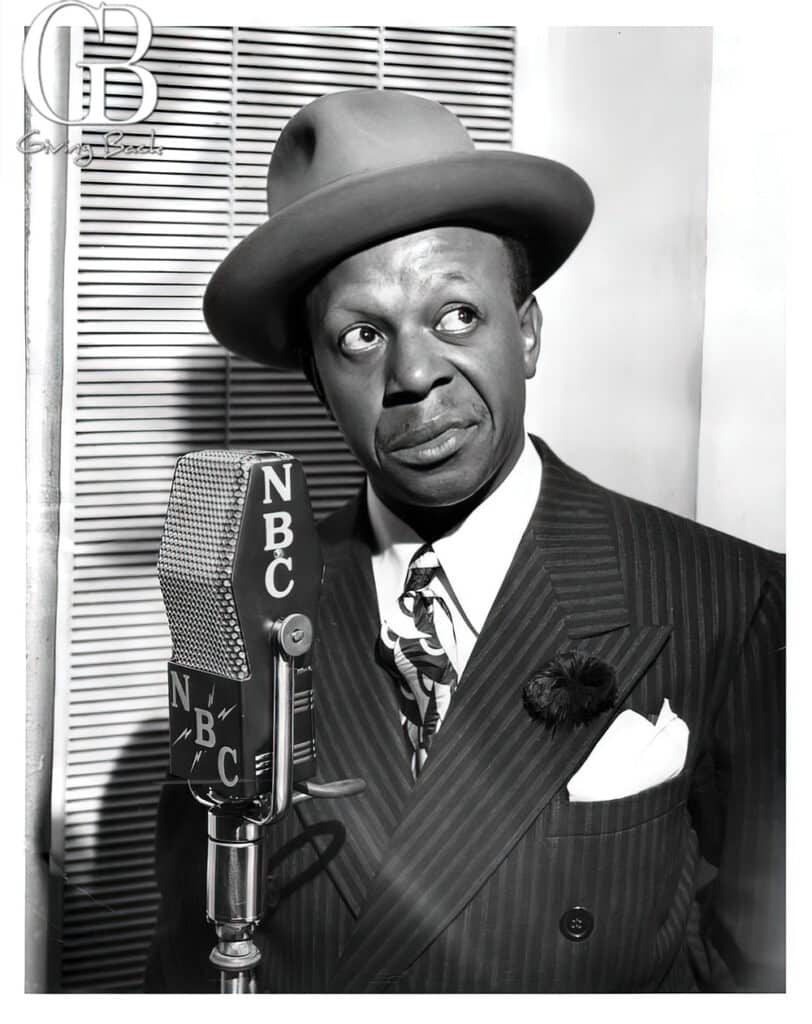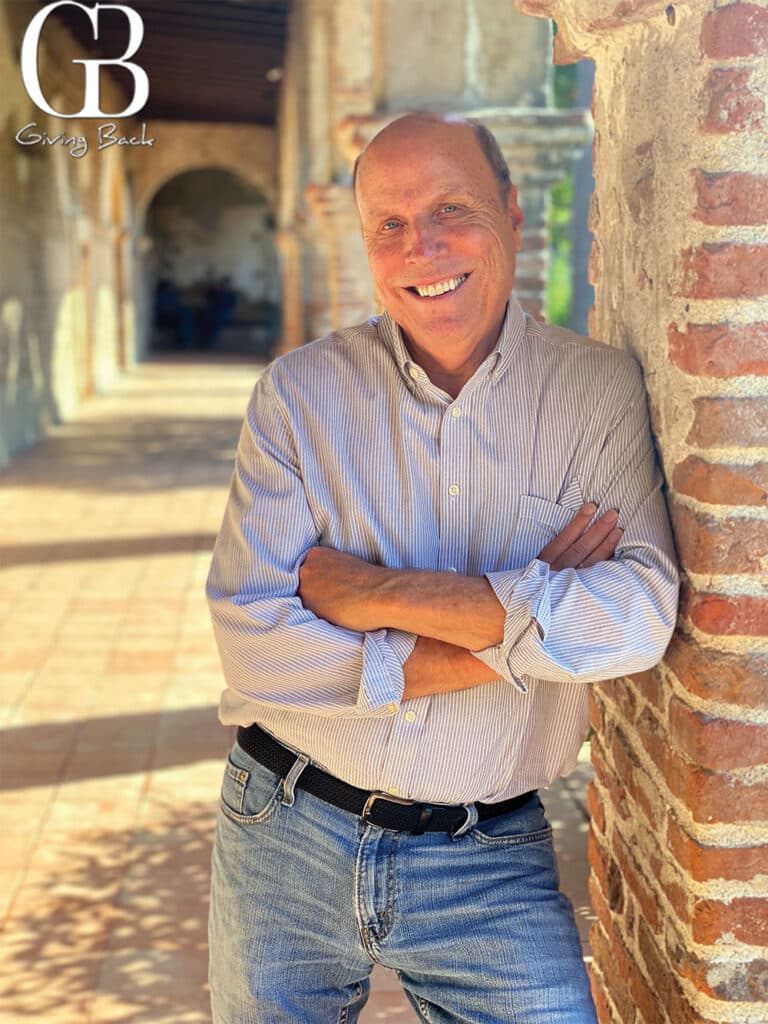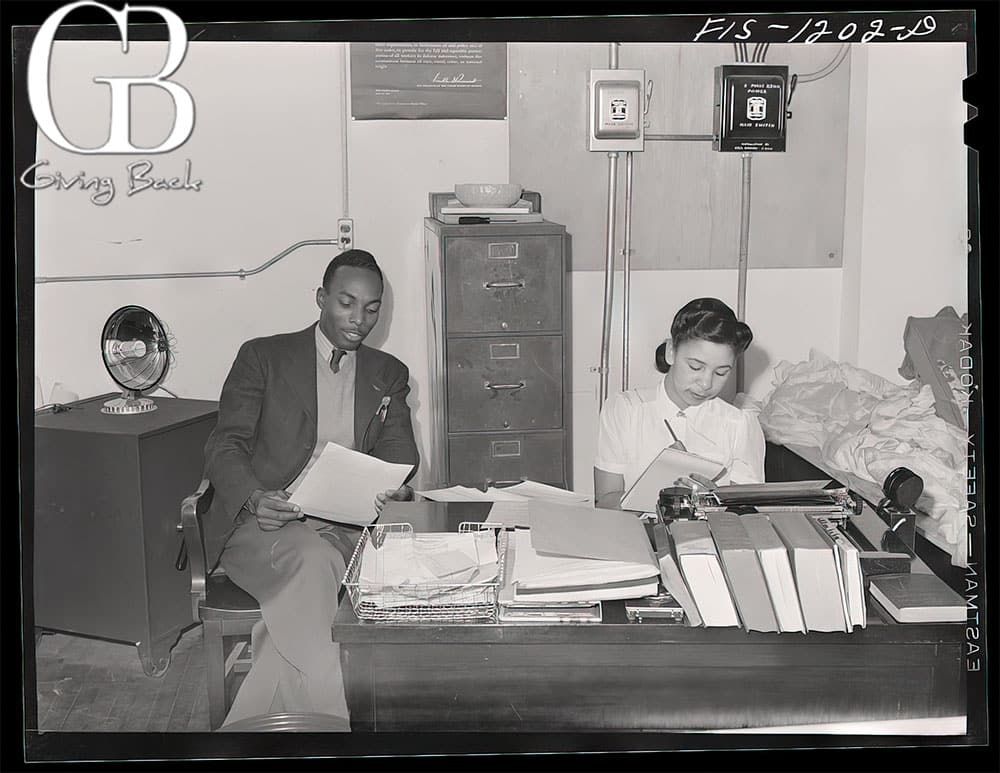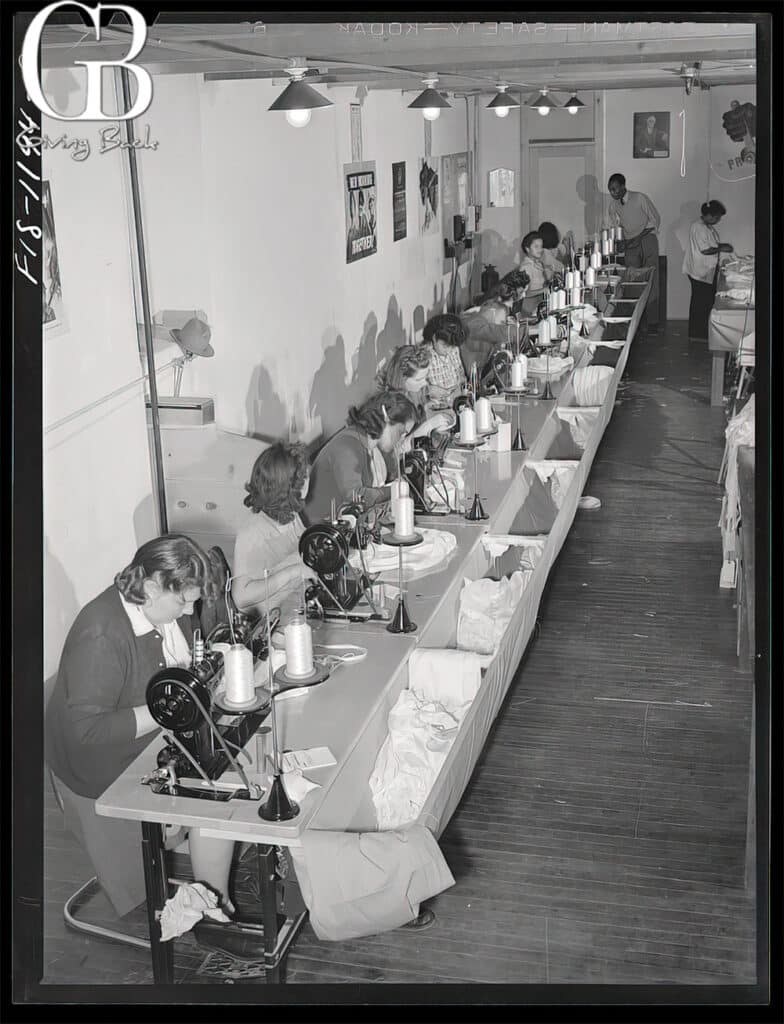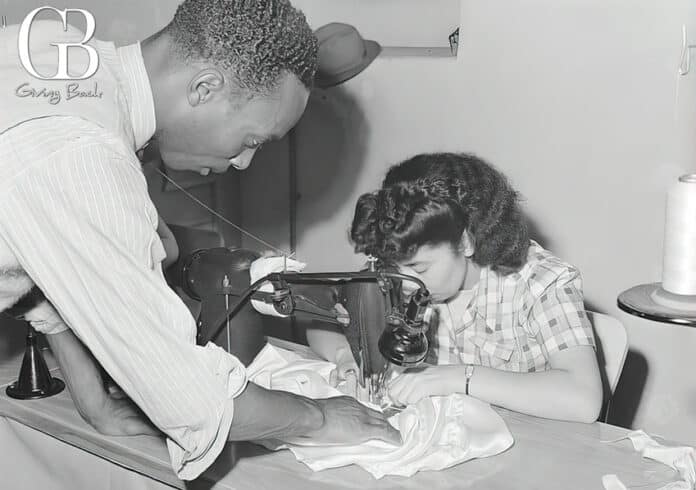WHEN SKIPPY DROPPED IN ON SAN DIEGO
There ought to be a plaque on Eighth Avenue. They should put it just north of Market Street to pay tribute to Mr. Howard Smith. “Skippy” was his nickname, and in early 1940s San Diego it was widely believed that Skippy was fearless. He had already accomplished two remarkable things in his career. He had been a daredevil parachute acrobat, and he was still alive.
Having made a living by leaping, Skippy knew everything about parachutes just at the time when our nation needed a lot of them. If you had a company that could make parachutes, there were wartime contracts waiting for you and jobs for your employees. Unfortunately, Skippy did not have a company, and being black in segregated America, who would put up the money to back him?
Well, Skippy had friends in show business – notably Eddie “Rochester” Anderson, the first African American actor to be regularly heard nationwide on the Jack Benny radio program. “Rochester” jump-started Skippy’s Pacific Parachute Company, and soon sewing machines were humming upstairs at Eighth and Market. When it came time for employees to receive their first paycheck, Rochester was there to personally hand it to them.
In 1942, San Diego journalist Harold Keen wrote about how Skippy ran the company. Even though President Roosevelt had issued an executive order prohibiting racial discrimination in hiring, it was still difficult for people of color to find jobs. But at Pacific Parachute there was no color line. Skippy hired black workers to work side by side with whites and women of Mexican descent, making what were called “pilot chutes” and parachutes for flares and bombs. So remarkable was that in 1943, that the National Negro Business League named it the number one African American business in the nation.
But with the war winding down, San Diego’s Pacific Parachute closed. Eddie “Rochester” Anderson went on, of course, to perform in movies and TV episodes with Jack Benny, becoming one of the most familiar and beloved television comedy figures of the 1950s and 60s.
Skippy Smith moved to Los Angeles where he is said to have had a variety of jobs. The building on Eighth Avenue where he and Pacific Parachute broke color barriers in those wartime years is now home to a marketing firm. There is no plaque to mark the spot or tell the story in a city that, 80 years later, hardly seems to have known him.
But in its day, Pacific Parachute was a going and vital operation. It deserves to be remembered. As does Howard “Skippy” Smith, the business pioneer who, though his time here was brief, still helped help win the war and make some history About San Diego.
